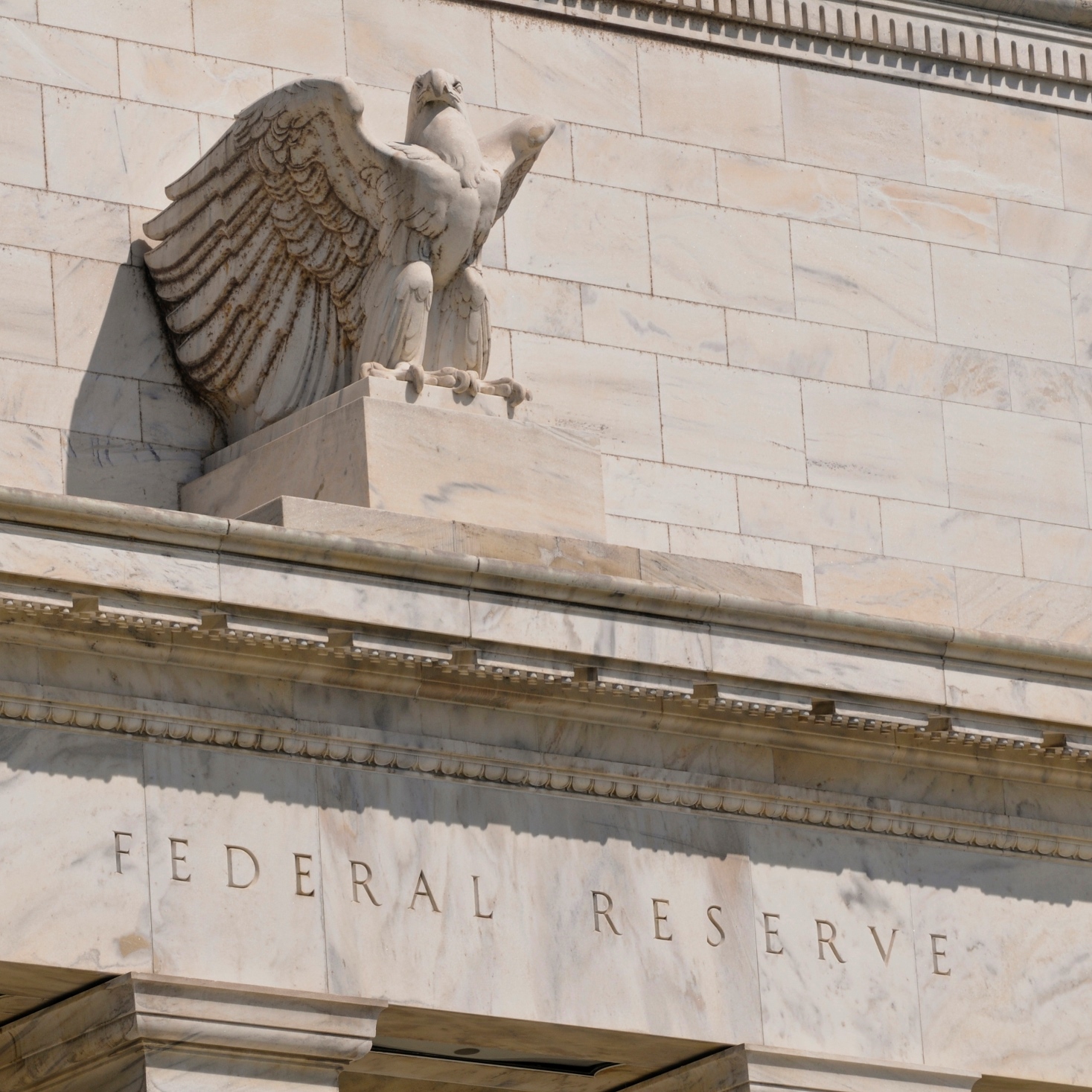Economy
December FOMC Minutes Reveal Worries Over Low Inflation

Published:
Last Updated:

The Federal Reserve on Wednesday afternoon released the minutes of its December 2015 meeting of its Federal Open Market Committee (FOMC). That’s the one where the Fed raised the policy rate from a range of 0 to 0.25% to a new range of 0.25% to 0.5%. The vote to raise the target range, as previously noted, was unanimous.
Following the October meeting, the FOMC concluded that the economy was expanding at a “moderate pace” and they saw no reason to change that appraisal in December:
Although net exports remained soft, consumer and business spending remained solid, and the housing sector improved further. Overall, taking into account domestic and foreign developments, members saw the risks to the outlook for both economic activity and the labor market as balanced, and they expected that, with gradual adjustments in the stance of monetary policy, economic activity would most likely continue to expand at a moderate pace.
Job growth was good and inflation was not an issue:
Inflation continued to run below the Committee’s longer-run objective, held down in part by the effects of declines in energy and non-energy import prices. Market-based measures of inflation compensation remained low; some survey-based measures of longerterm inflation expectations had edged down.
But there were also some concerns on the inflation front:
[F]or some members, the risks attending their inflation forecasts remained considerable. Among those risks was the possibility that additional downward shocks to prices of oil and other commodities or a sustained rise in the exchange value of the dollar could delay or diminish the expected upturn in inflation. A couple also worried that a further strengthening of the labor market might not prove sufficient to offset the downward pressures from global disinflationary forces. And several expressed unease with indications that inflation expectations may have moved down slightly. In view of these risks and the shortfall of inflation from 2 percent, members expressed their intention to carefully monitor actual and expected progress toward the Committee’s inflation goal.
And as an answer to critics who think the FOMC moved too soon to raise rates:
Members agreed that the post-meeting statement should report that the Committee’s decision reflected both the economic outlook and the time it takes for policy actions to affect future economic outcomes. If the Committee waited to begin removing accommodation until it was closer to achieving its dual-mandate objectives, it might need to tighten policy abruptly, which could risk disrupting economic activity.
PCE inflation is not expected to reach an annual average of 2% until 2018 although the Fed expects inflation to range between 1.8% and 2% in 2017. The Fed funds rate is projected at 0.4% for 2015, 1.4% for 2016, 2.4% for 2017, and 3.3% for 2018. Over the longer run the Fed projects inflation of 3.5%, ranging as high as 3.9% in 2018.
If you’re like many Americans and keep your money ‘safe’ in a checking or savings account, think again. The average yield on a savings account is a paltry .4% today, and inflation is much higher. Checking accounts are even worse.
Every day you don’t move to a high-yield savings account that beats inflation, you lose more and more value.
But there is good news. To win qualified customers, some accounts are paying 9-10x this national average. That’s an incredible way to keep your money safe, and get paid at the same time. Our top pick for high yield savings accounts includes other one time cash bonuses, and is FDIC insured.
Click here to see how much more you could be earning on your savings today. It takes just a few minutes and your money could be working for you.
Thank you for reading! Have some feedback for us?
Contact the 24/7 Wall St. editorial team.